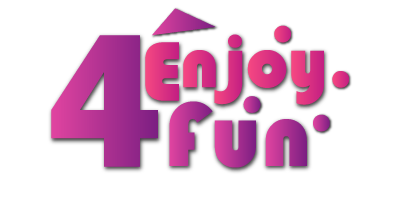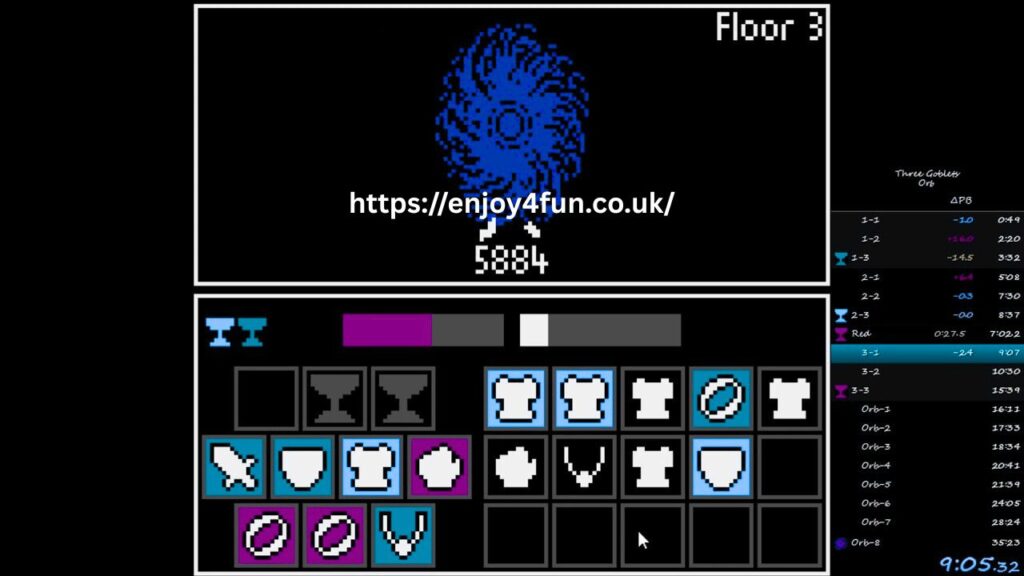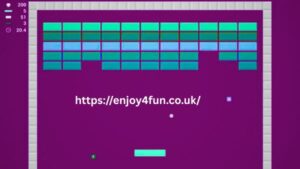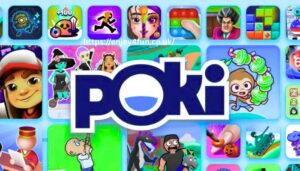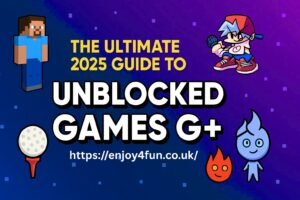“Three Goblets” is more than just a title—it’s a world wrapped in fantasy, intrigue, and storytelling that has quietly gathered a loyal following. Whether you’re hearing about it for the first time or you’re a long-time fan, this in-depth breakdown explores what makes Three Goblets so uniquely immersive. We’ll unpack its origins, gameplay, lore, and the people behind the phenomenon. This isn’t a quick rundown—it’s a deep dive into everything you should know.
What is Three Goblets?
Three Goblets is a turn-based dungeon crawler RPG developed by Andrzej “Oddy” Chomiak, an independent Polish developer known for his minimalist design choices and heavy emphasis on strategy. Released on platforms like itch.io and Armor Games, the game made waves with its addictive loop, hand-drawn art style, and slow-burn difficulty. Think of it as a game for thinkers—there’s no rushing through levels. Every choice matters.
The game doesn’t rely on flashy graphics or massive campaigns. Instead, it focuses on tactical combat, skill progression, and unlocking progressively more difficult challenges as you drink from each of the titular goblets.
How the Game Works
At its core, Three Goblets revolves around the idea of testing your limits. You enter a dungeon, select a character class, and battle increasingly difficult waves of enemies. But here’s where it gets interesting: after each dungeon, you must choose to drink from one of the three goblets—each containing permanent buffs or game-altering curses.
This twist forces players to make smart decisions. It’s a mental dance of risk vs. reward. A single wrong choice can turn a seemingly strong character build into a fragile glass cannon. The game’s permadeath mechanic adds weight to every move, every battle, and every goblet you drink from.
The Creator Behind the Goblets
Andrzej Chomiak, known online as Oddy, is the solo developer behind Three Goblets. He began developing indie games out of passion, with a clear love for the RPG genre. He keeps a low public profile—rarely giving interviews—but his work has spoken volumes.
While his personal information such as age and net worth remain private, estimates from sources like IndieDB and Itch.io reviews suggest he’s quietly successful, likely earning a modest indie developer income from ad revenues and fan donations. His appearance and social media presence are extremely limited, staying away from the limelight and letting the game do the talking.
A Cult Classic in the Making
The reason Three Goblets became a sleeper hit is because of its community-driven appeal. Gamers who love strategy and patience found it refreshing in an industry dominated by flashy visuals and fast-paced mechanics.
With over 200,000 plays on browser platforms and a 4.5-star rating average, it has quietly climbed the ranks among the most beloved minimalist dungeon crawlers. YouTube creators like Nookrium and Splattercatgaming have also featured gameplay walkthroughs, boosting its visibility without mainstream marketing.
Unique Character Classes
One of the game’s strongest features is its class system. Each class—Knight, Necromancer, Assassin, and others—has unique abilities and leveling paths. You don’t just grind for XP; you plan for survivability. The classes aren’t just cosmetic; they fundamentally change how you approach the game.
For example, the Assassin thrives on critical strikes but is fragile. The Necromancer, on the other hand, trades direct power for controlling undead minions. The variety makes replayability sky-high.
Drinking from the Goblets
The titular three goblets aren’t just symbolic. After every dungeon level, players must choose one of three randomly generated goblets:
- Gold Goblet: Often includes positive boosts like +HP or skill enhancements.
- Silver Goblet: Comes with dual-edged effects—gain one thing, lose another.
- Obsidian Goblet: Usually powerful but carries serious long-term consequences.
This mechanic simulates the tension of gambling with fate. Do you play it safe, or go bold and drink something that could either empower or ruin you?
Fan Base and Community Involvement
The game has a growing Discord community where players share builds, post memes, and suggest features. Even though there’s no official multiplayer mode, the sense of community makes it feel collaborative. Fan art, strategy guides, and player-driven challenges keep the game lively long after the first playthrough.
While not currently available on Steam, fans have lobbied for it, and there are whispers of a full-fledged Steam edition or even a mobile version in the future.
Player Reviews and Real Experiences
Here’s where the human element shines through. Players talk about the game in personal terms. One user on Armor Games writes:
“I lost my best build on the final dungeon floor, all because I got greedy with the Obsidian Goblet. But I’ll do it all again. That’s the beauty of it.”
Another player from Reddit’s r/incremental_games community shared:
“Three Goblets reminded me why I fell in love with turn-based RPGs in the first place. No pay-to-win, just grit and strategy.”
The emotions are real, the losses sting, and the victories feel earned. It’s a rare type of game that treats players with intelligence.
Visual and Physical Design
The visual design of Three Goblets is minimalist—think paper-sketch style art with dungeon elements like shadows, candles, skulls, and fog. But don’t let the simplicity fool you. The game’s art matches the mood: mysterious, somber, and rewarding for detail-oriented players.
The enemies are grotesque in just the right way, and the goblets themselves are beautifully designed—each one visually distinct to symbolize its risk level.
Who is the Game For?
If you’re someone who values strategy over speed, depth over graphics, and gameplay over gimmicks, Three Goblets is for you. It’s not casual. It rewards thinking, planning, failing, and trying again.
It appeals most to:
- Dungeon-crawling veterans
- Turn-based RPG fans
- Players tired of flashy but shallow games
- Those looking for high replay value
Net Worth and Revenue Insights
While the exact net worth of the developer isn’t publicly available, we can estimate modest but steady earnings. Based on typical browser ad revenues and donation rates for indie developers, it’s likely that Oddy earns somewhere in the range of $1,000–$5,000/month depending on platform traffic. No merch or DLCs are currently available, keeping the game completely free to play, which builds long-term trust and loyalty.
Social Media and Contact
Oddy is not heavily active on mainstream platforms like Twitter or Instagram. He primarily posts update notes and version logs on Itch.io and Armor Games. For players trying to reach out, your best bet is the Three Goblets Discord server or posting in itch.io comment threads.
Why It’s a Hidden Gem
In a gaming world filled with AAA titles, microtransactions, and marketing bloat, Three Goblets stands out as a quiet masterpiece. It brings old-school RPG mechanics into a fresh format without losing its soul.
It doesn’t beg for attention—but it absolutely deserves it. Its lack of aggressive advertising only adds to its underground charm. It’s one of those titles that players discover through word-of-mouth, fall in love with, and keep returning to.
The Future of Three Goblets
As of now, there’s no official announcement about a sequel, Steam launch, or mobile version. But based on the fan response and ongoing discussion in forums, it’s clear the demand is there.
If Oddy chooses to expand it, there’s massive potential for:
- A Steam remastered version
- Multiplayer dungeon modes
- Expanded class systems
- Seasonal dungeon events
- Lore-based storytelling arcs
Final Thoughts
Three Goblets is a love letter to gamers who want depth, challenge, and consequence. It’s a mental workout wrapped in dungeon fantasy. Whether you’re exploring it for the first time or returning to beat your best build, each run tells a different story. It proves you don’t need millions of dollars to create something memorable. All you need is a clear vision, a risk-taking spirit, and the right goblet to drink from.
